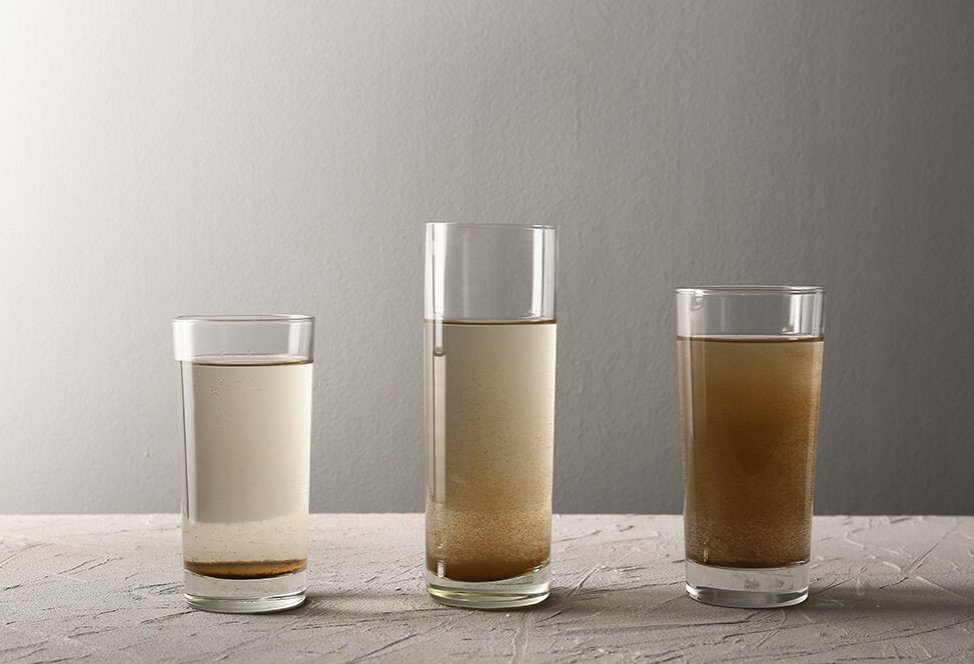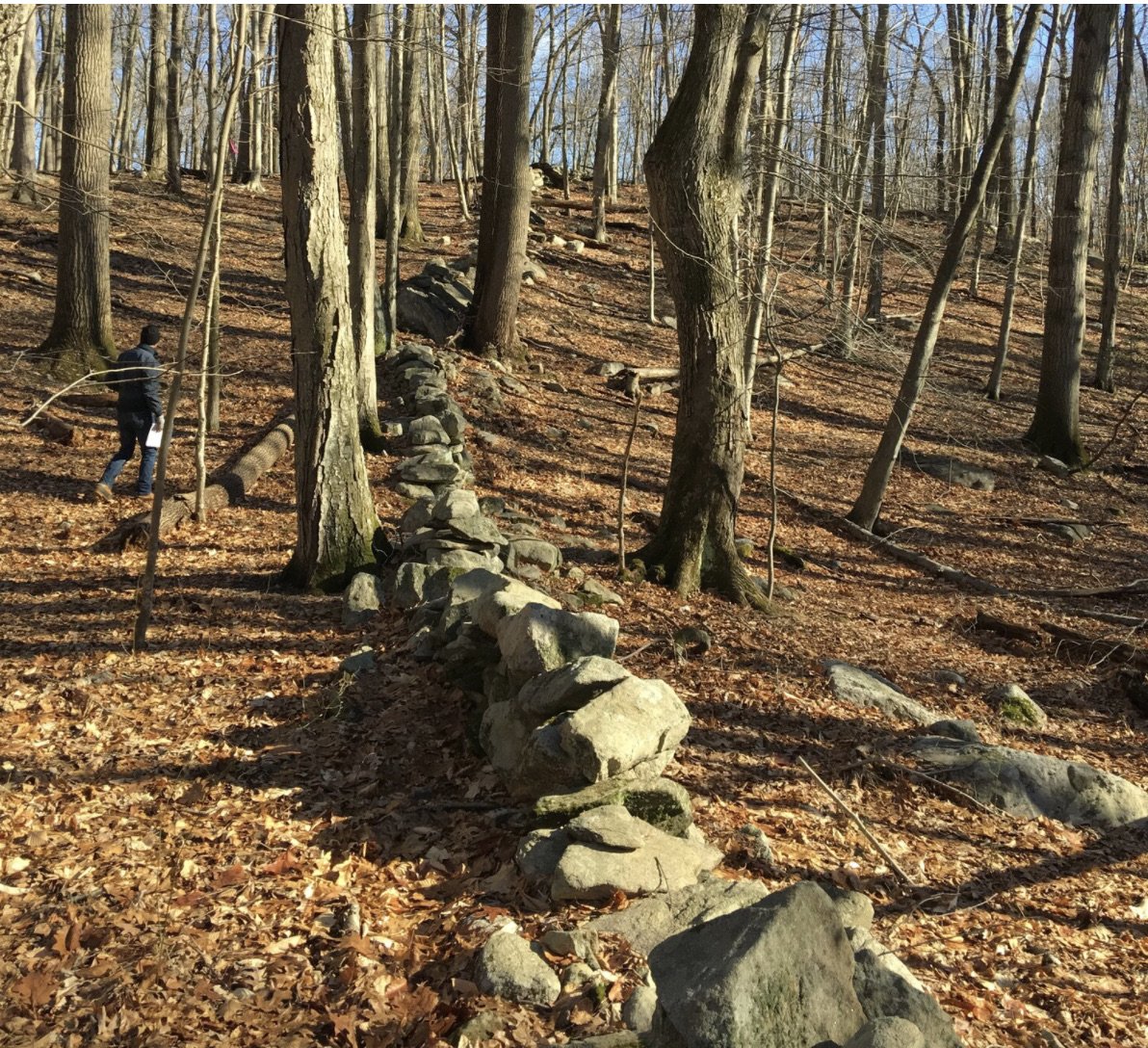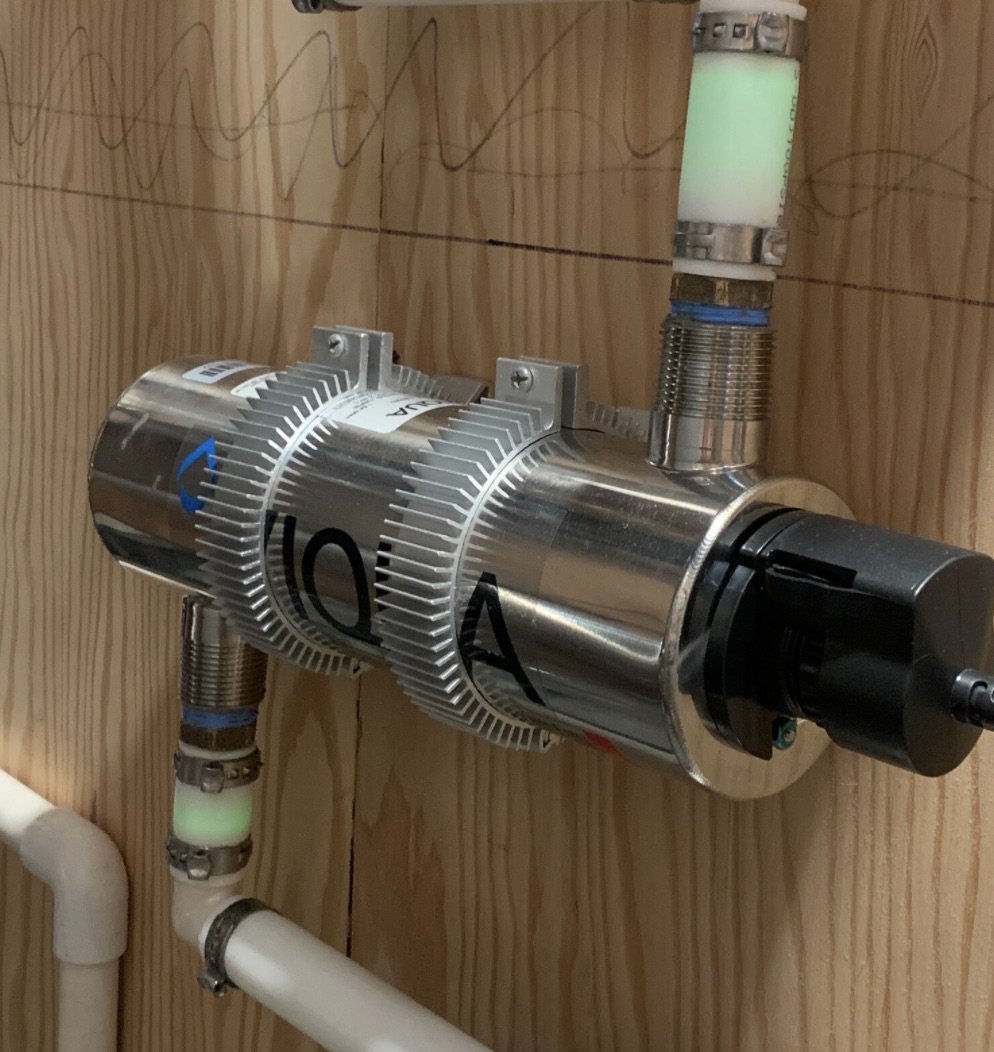A Passive House in a COVID World - Part II Water and Health
The Corona Virus continues to shake up our lives. Although there is cause for celebration with the introduction of two vaccines, a resurgence of outbreaks continues across the country. Recent studies show that the spike in cases in the northeast exceeds the south and the Midwest. As I have mentioned in earlier blogs we are fortunate to live in a house that promotes optimal health. In my last blog I addressed air quality and the ideal air environment a passive house provides which is fresh air twenty-four hours, seven days a week. Perfect water is number two on my list of essentials so you can imagine my horror when we found out that we had contaminated water when we dug our well.
The importance of water
More than two thirds of our body is comprised of water. The Institute of Medicine (IOM) recommends that we drink the following amounts of water to stay balanced and healthy:
2.7 liters (11 cups) for women
3.7 liters (15 cups) for men
The quality and the safety of the water we are drinking were first addressed in the Safe Drinking Water Act (SDWA) in 1974. The act requires that all drinking water from below ground or above ground, meet standards related to sediment, microorganisms, and metals.
Sediment
Sediments are naturally occurring particles that develop as earth materials are broken down. Sediment causes discoloration and often carries microorganisms, pollutants from fertilizer, and metals all of which are harmful to health. Unhealthy water from sediment build-up typically looks cloudy. The degree to which water loses its transparency is called turbidity. Turbidity is measured in “NTU”s. Acceptable drinking water should have turbidity less than 1 NTU
Microorganisms
Acceptable water should be devoid of coliforms, bacteria including E-Coli an especially dangerous and sometimes-lethal bacteria organism.
Metals
There are some essential heavy metals, which our bodies require in trace amounts such as cobalt, copper, zinc, and manganese. Other heavy metals found in drinking water such as lead, mercury, arsenic, and cadmium have no beneficial effects. Exposure to even minute amounts of lead and mercury can result in developmental delays, high blood pressure, and kidney problems.
We know from stories like the ones from Flint Michigan that the standards required by the Safe Drinking Water Act are inadequate or non-existent in some cities.
Our contaminated water
We dug our well on land that had never been built on and bordered by 250 acres of preserve confident that the water would be well within acceptable standards. Unfortunately, that wasn’t the case. Our lab report was horrific:
Turbidity 4 times the acceptable limit
Coliforms including E-Coli bacteria
The water was retested after treatment from the contractor which resulted in no coliforms and bacteria and reduced turbidity which was acceptable to local authorities but not to me. Because of this and the nightmare of E-coli having ever been in the water supply, we opted to set up a filtration system in the house that includes ultraviolet light to eliminate all microorganisms.
The Canadian company VIQUA offers an affordable way to install an ultraviolet water purifier that has been used for years in healthcare. The cost, including the price of the unit and set up by a VIQUA technician is about $2000
Ultraviolet Disinfection
Using ultraviolet light to destroy toxic microorganisms has been prevalent in healthcare for decades. Water coming inside through pipes is subjected to lamps that destroy chemical-resistant parasites including giardia, bacteria including E-coli as well as viruses. We chose a Canadian company called VIQUA to set up and install our system. The unit that is about 30” wide x 12” deep fits nicely into our small mechanical room. The unit has ultraviolet filtration and purifies water that runs through a tube in the unit. Our unit filters metals as well as microorganisms.
House Update
We continue to love our house. It is not only aesthetically wonderful but has proven to be as energy-efficient as we had hoped. Our electric bill, which includes heating and cooling, appliance, equipment, and lighting usage, is just over $100 per month and is one-tenth of the costs in our last house.






